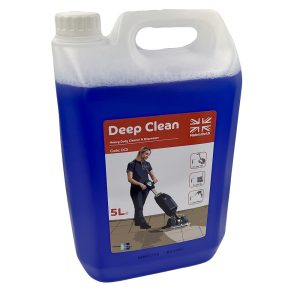As an employer, you are legally obliged to ensure an adequate supply of fresh air in the workplace – a piece of legislation further reinforced by the recent coronavirus pandemic. Virus transmission occurs through air particles, so businesses must seek smarter ways of ventilating their workspaces and providing adequate air hygiene.
This article explains how to identify poorly ventilated areas and improve air hygiene in your workplace. Before introducing two pioneering air purification systems, we’ll cover both natural and mechanical ventilation methods to help make your workplace secure and compliant.
How to identify poorly ventilated areas
Where parts of your workplace are poorly ventilated, you’ll need to improve ventilation to reduce the risk of airborne transmission. Consider the following methods to identify poorly ventilated areas in your workplace:
- Look for areas that have no natural or mechanical ventilation.
- Check that your mechanical systems provide adequate outdoor air, temperature control, or both.
- If a system (e.g., air conditioner) doesn’t have an outdoor air supply or is re-circulating air, the area is likely to be poorly ventilated.
- Areas that feel stuffy or smell badly are also likely to indicate poor ventilation.
- You can also use carbon dioxide (CO2) monitors to measure the area’s CO2 levels to determine if ventilation is poor.
- Bear in mind that CO2 monitors work best in areas frequented by the same group of people, while they’re less effective in low footfall spaces.
Air conditioning and viruses
Viruses spread when people breathe in small particles (aerosols) in the air after someone carrying a virus has occupied an enclosed space. Adequate ventilation reduces the virus’s concentration in the air, therefore lowering the risks posed by airborne transmission. You should note; however, that ventilation measures will have minimal impact on droplet or contact transmission.
How to improve air hygiene in the workplace
Focusing on poorly ventilated areas, the following guidelines can help you improve air hygiene in your workplace. Please note, however, that the efficacy of these guidelines depends on your existing ventilation system. For instance, if your workplace has an elaborate ventilation system (i.e., one that supplies several rooms or floors), you can consult the Chartered Institution of Building Services Engineers (CIBSE).
Natural ventilation
Providing sufficient ventilation doesn’t mean your workplace has to be cold. Adequate ventilation ensures workplaces are warm while maintaining a constant airflow through a specific area. Natural ventilation, achieved by partially open windows and vents, can be used in conjunction with heating systems to maintain an appropriate workplace temperature while reducing airborne transmission risks.
Note that lower temperatures and windy weather will increase ventilation through openings during winter, so you don’t need to open the windows as wide. Moreover, opening higher-level windows will likely cause fewer draughts.
Mechanical ventilation
Mechanical ventilation brings fresh air into a building and removes germs and allergens from the air. Examples include air conditioners, heating systems, and devices which combine the two – heating and ventilation air conditioners (HVAC). As viruses can travel more than 6 feet in the air, selecting a complete hygiene solution is essential.
====

Don’t forget to follow us on our socials for our latest updates:


